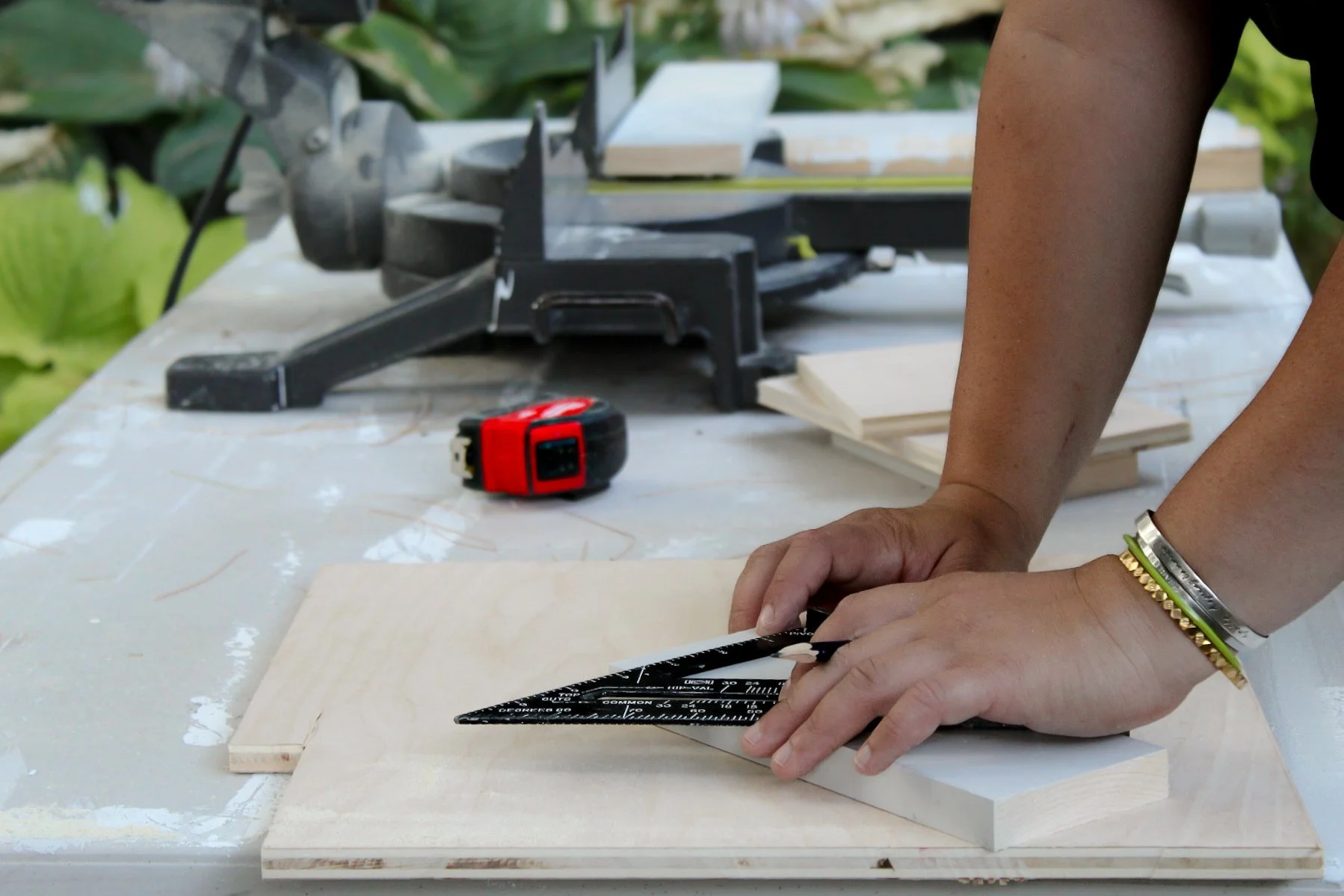
Frequently Asked Questions
What is a tiny home?
Tiny Home is a generic, and general term frequently used to describe a small, permanent or part-time residence under 400 square feet. The regulations around “tiny homes” vary grossly based on each town’s zoning and building policies. State and federal laws have only made recommendations and no national and limited state laws apply wholistically to a “tiny home.” Read more about Tiny Homes as defined by the International Code Council, among one source of many.
A tiny home is a small, efficiently designed living space that typically ranges from 100 to 400 square feet; they are typically built to maximize function and minimize waste. Tiny homes can be on wheels (THOWs) and moveable or built on a permanent foundation. They often include essentials like a kitchen, bathroom, sleeping area, and storage, all creatively arranged to save space. Tiny homes are popular for their affordability, sustainability, and minimalist lifestyle. People choose them to reduce housing costs, live more simply, lower their environmental impact, or gain mobility.
Where can I park or build my tiny home?
The answer to this also varies wildly depending on which state and town you want to park. Knowing this is a critical key to building a home properly suited for the climate and conditions of where it will be permanently located. Being able to answer this question requires nuance and complexity and buyer due diligence. A first step is to determine several key factors:
Do you already own land? Will you be abiding by town and building regulations? Will you want to insure the tiny house? Do you plan to live there permanently, year-round, or part-time, temporary?
What does a tiny home cost?
No straightforward answer here but tiny homes can vary typically from 30k on the lower and unfinished end to upwards of 150k on the high end. It all depends on the materials, design, labor, and execution. Buy due diligence require for additional costs such as: purchase or rental of land, transportation to the site, hookups or any final installations.







